| Aliases | Arabic |
|---|---|
| Al-Suyuti | |
| As-Suyuti | |
| Jalal al-Din al-Suyuti | |
| Abu 'l-Fadl 'Abd al-Rahman ibn Abi Bakr ibn Muhammad Djalal al_Din al-Khudayri |
- from Nejjar (1973-1974)
97) Tiberias (modern Tveryah), a city in Palestine, located on the western shore of Lake Kinneret or the Sea of Galilee). Al-Muqaddasi notes, around 985 AD, that the city, which is located between the mountain and the sea, "stretched in length for about a farsang" (6 km); its width is very restricted. Al-Muqaddasi Ah'san at-Takasim..., p. 177. This city suffered an earthquake in 1759 and then another in 1837, which was more violent and destroyed a large part of this city. Cf. Fr. Buhl, E.I., pp. 609-610
- from an abridged translation by Sprenger (1843:742)
- see two-thirds of the way down on page 742 stating
239. At Tiberias.
- from an abridged translation by Sprenger (1843:742)
- from archive.org
- The Noor book courtesy of Najib Abou Karaki (personal correspondence, 2022)
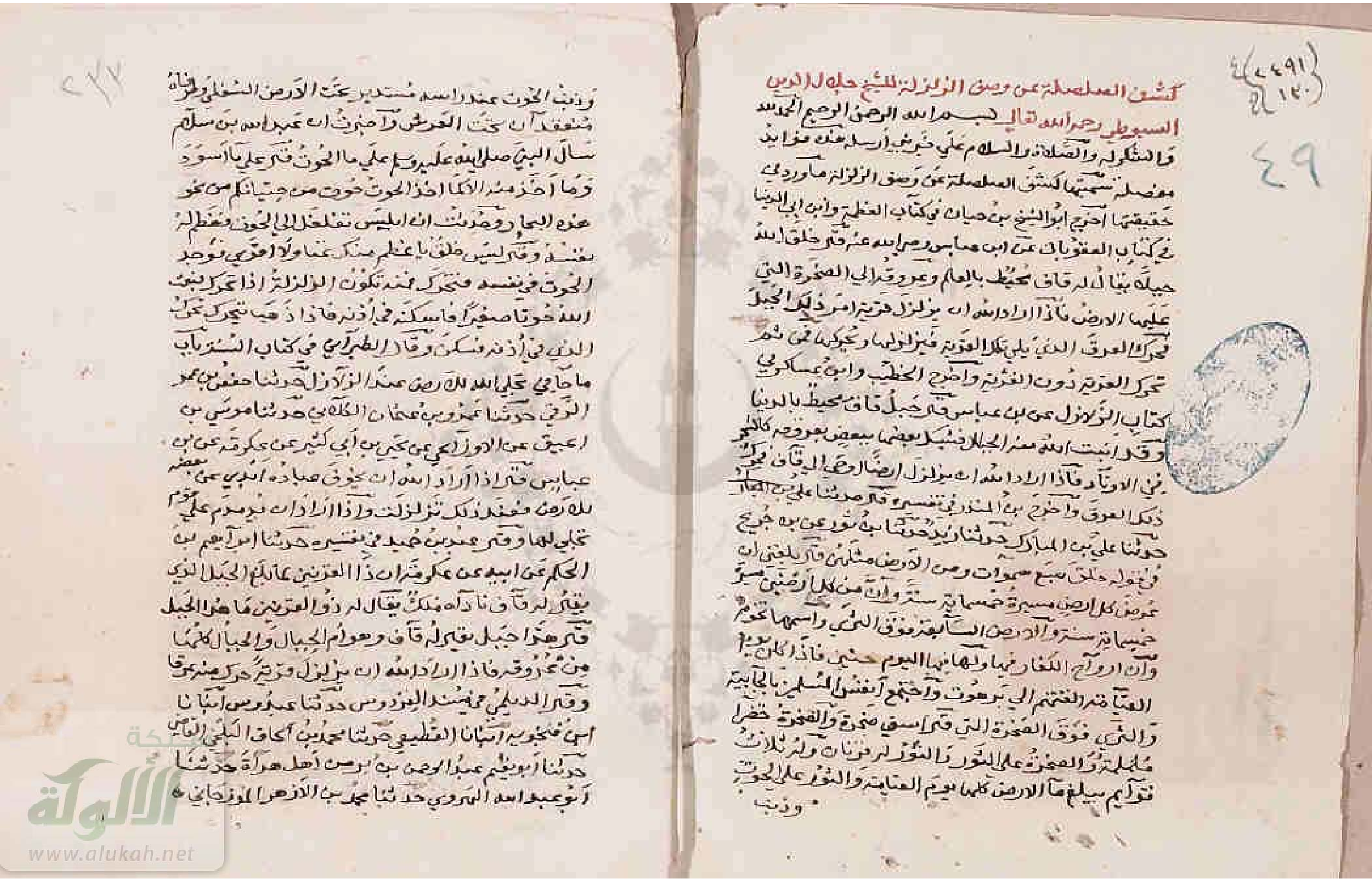


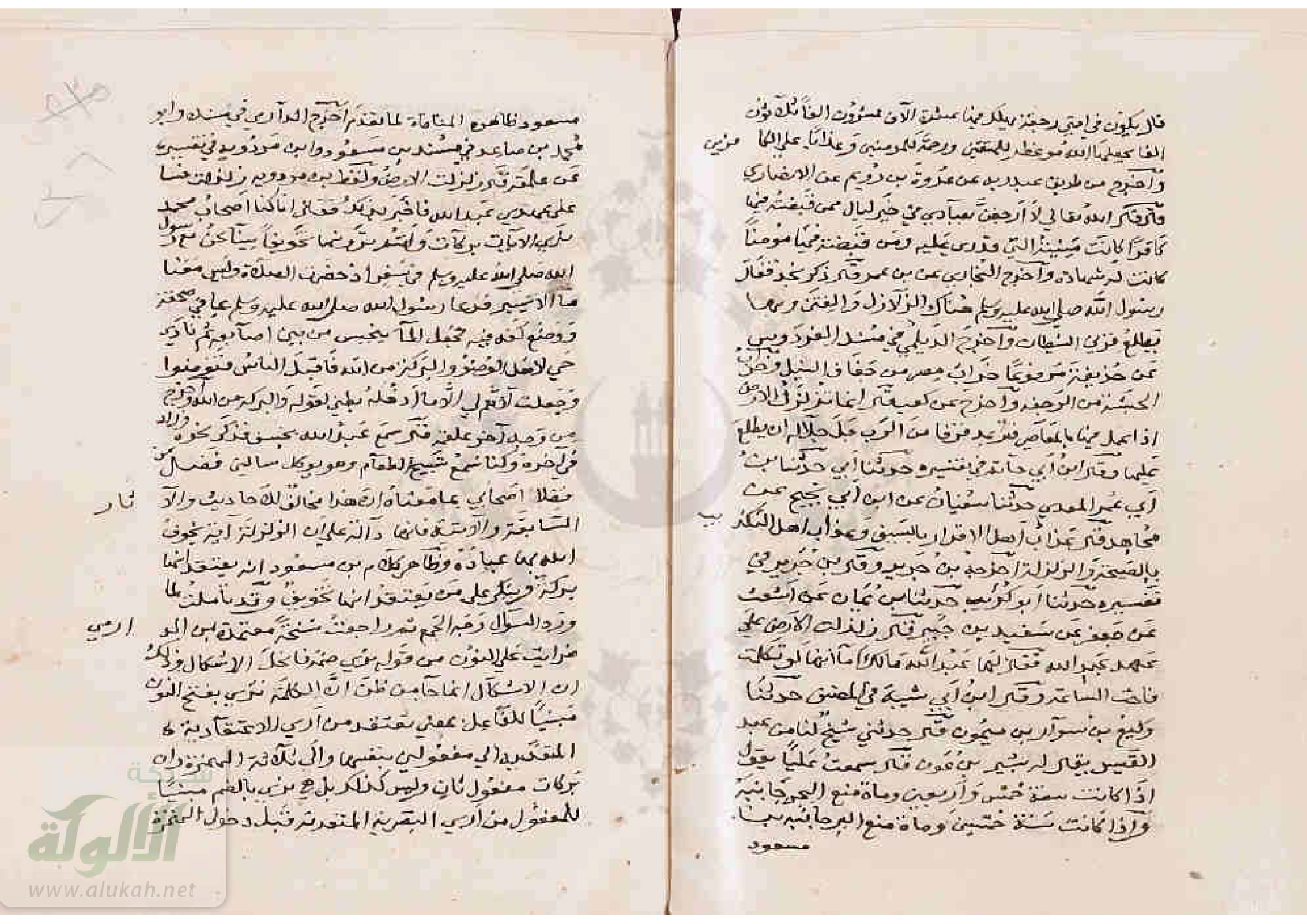
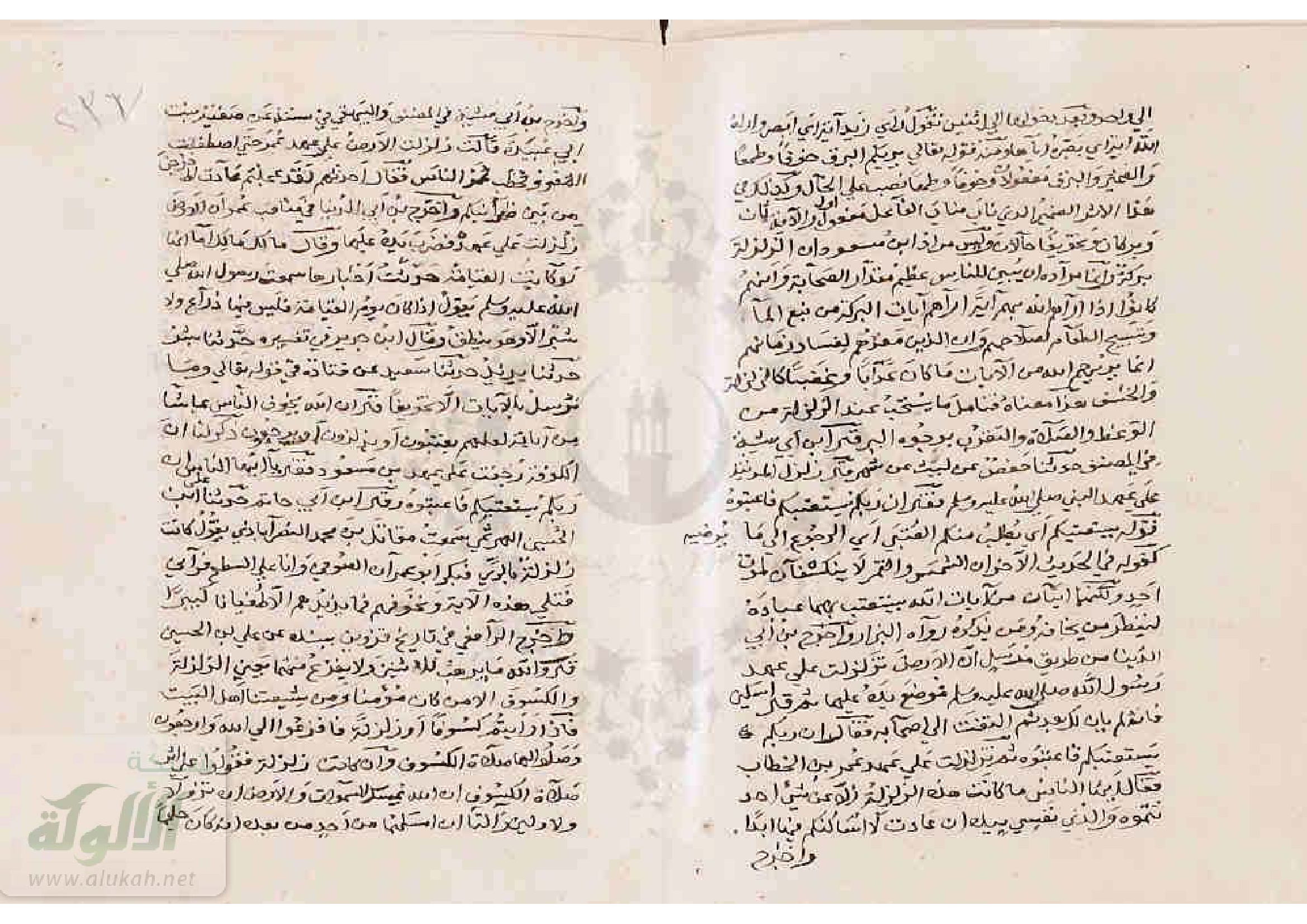








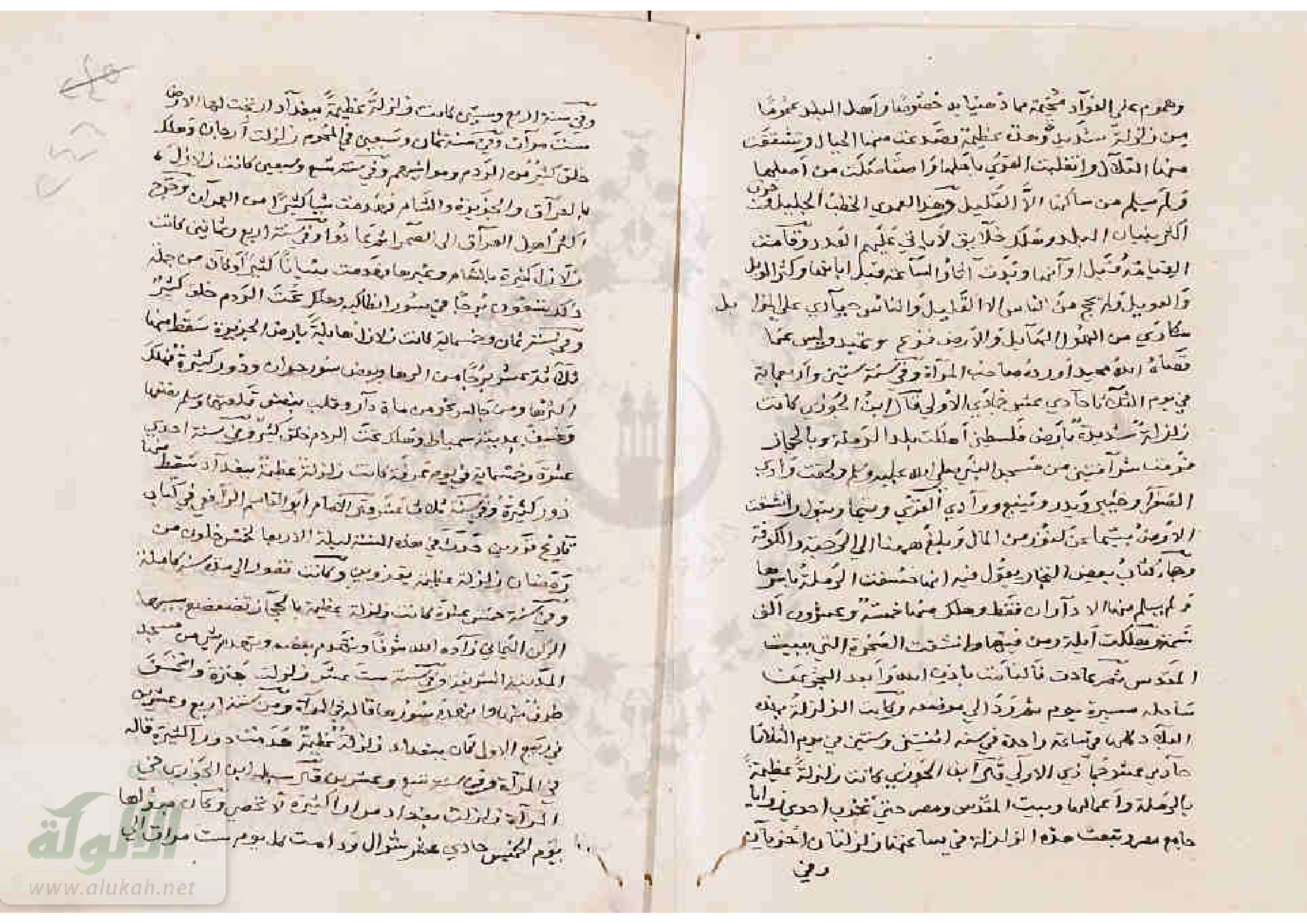



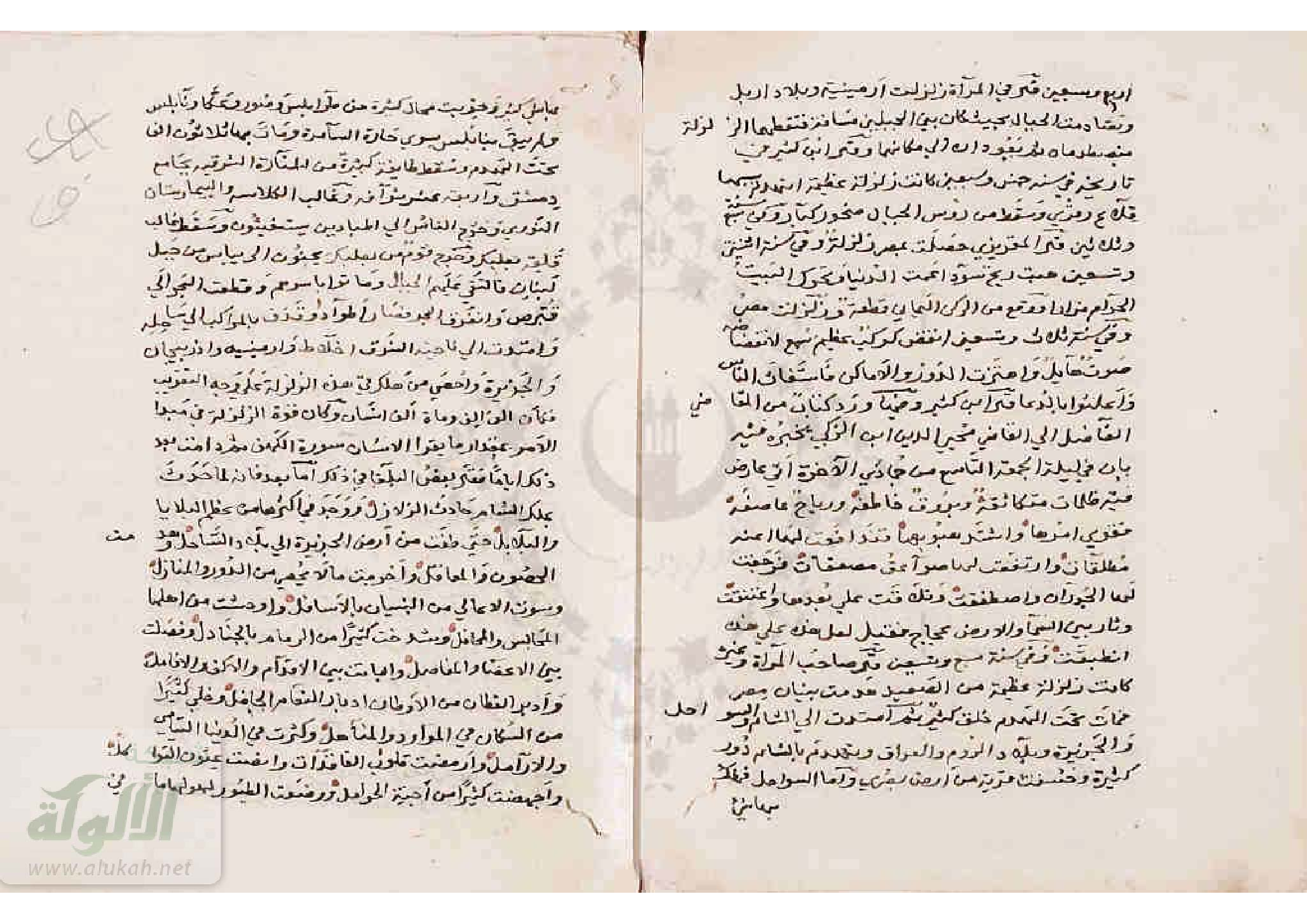



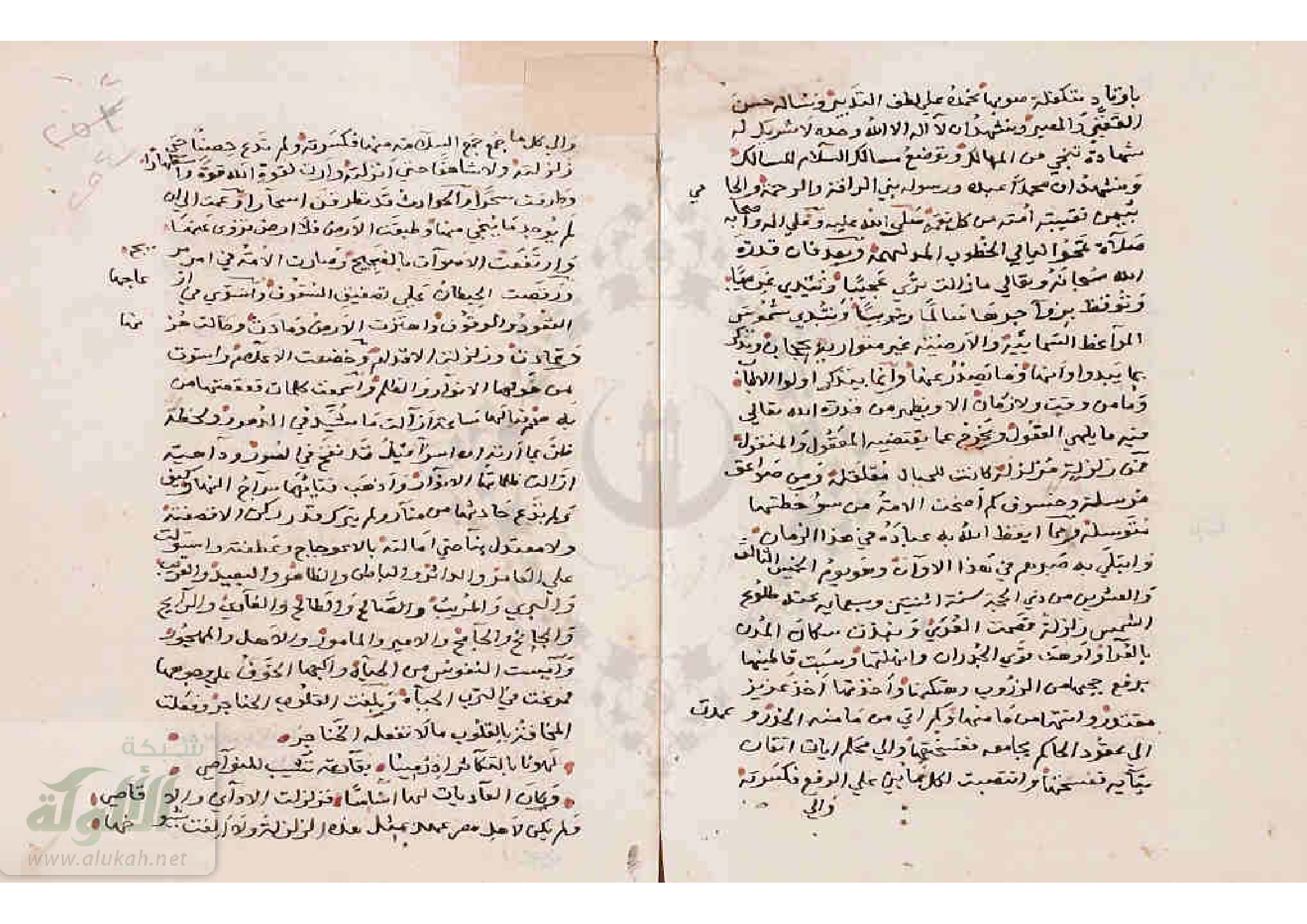
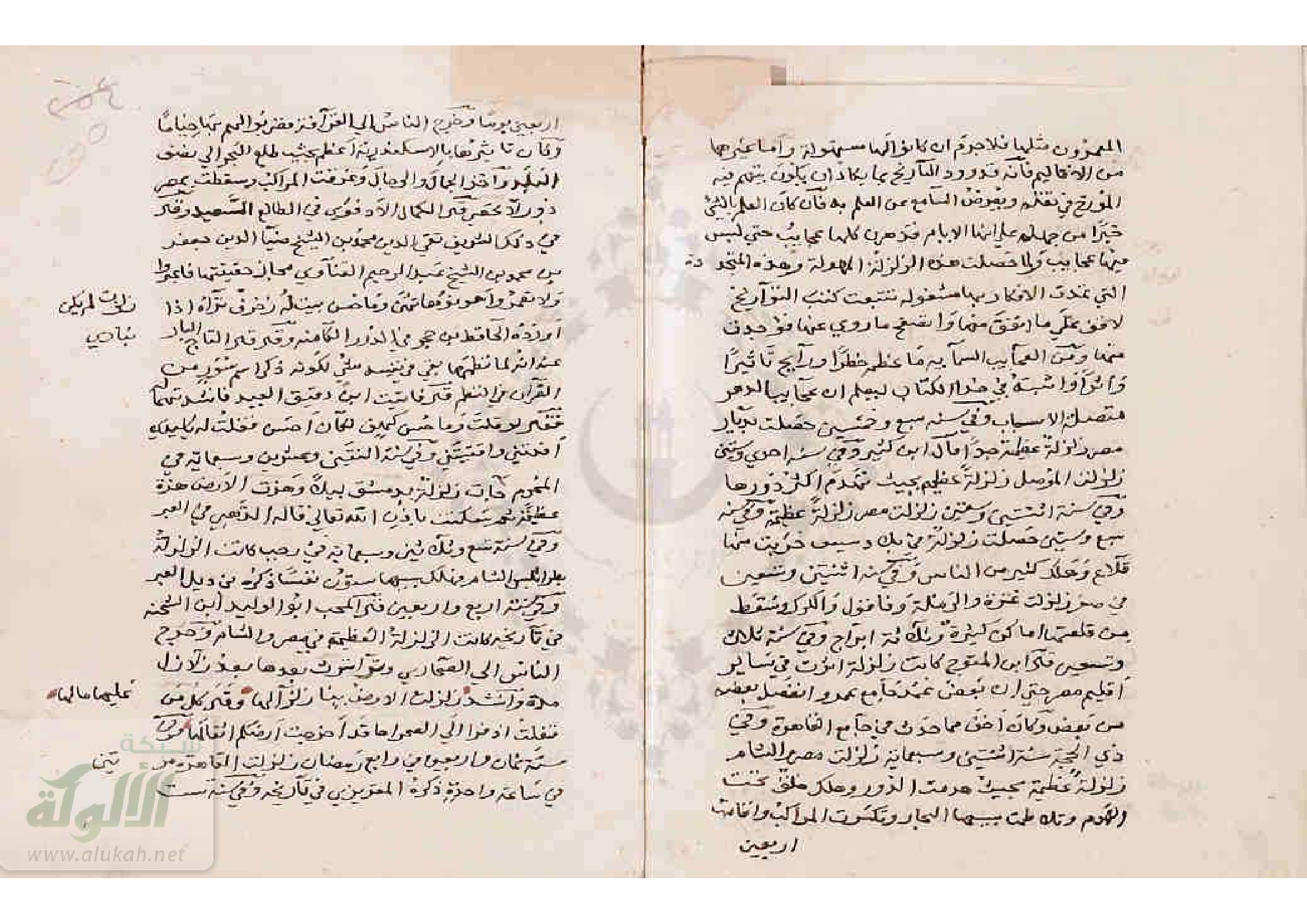

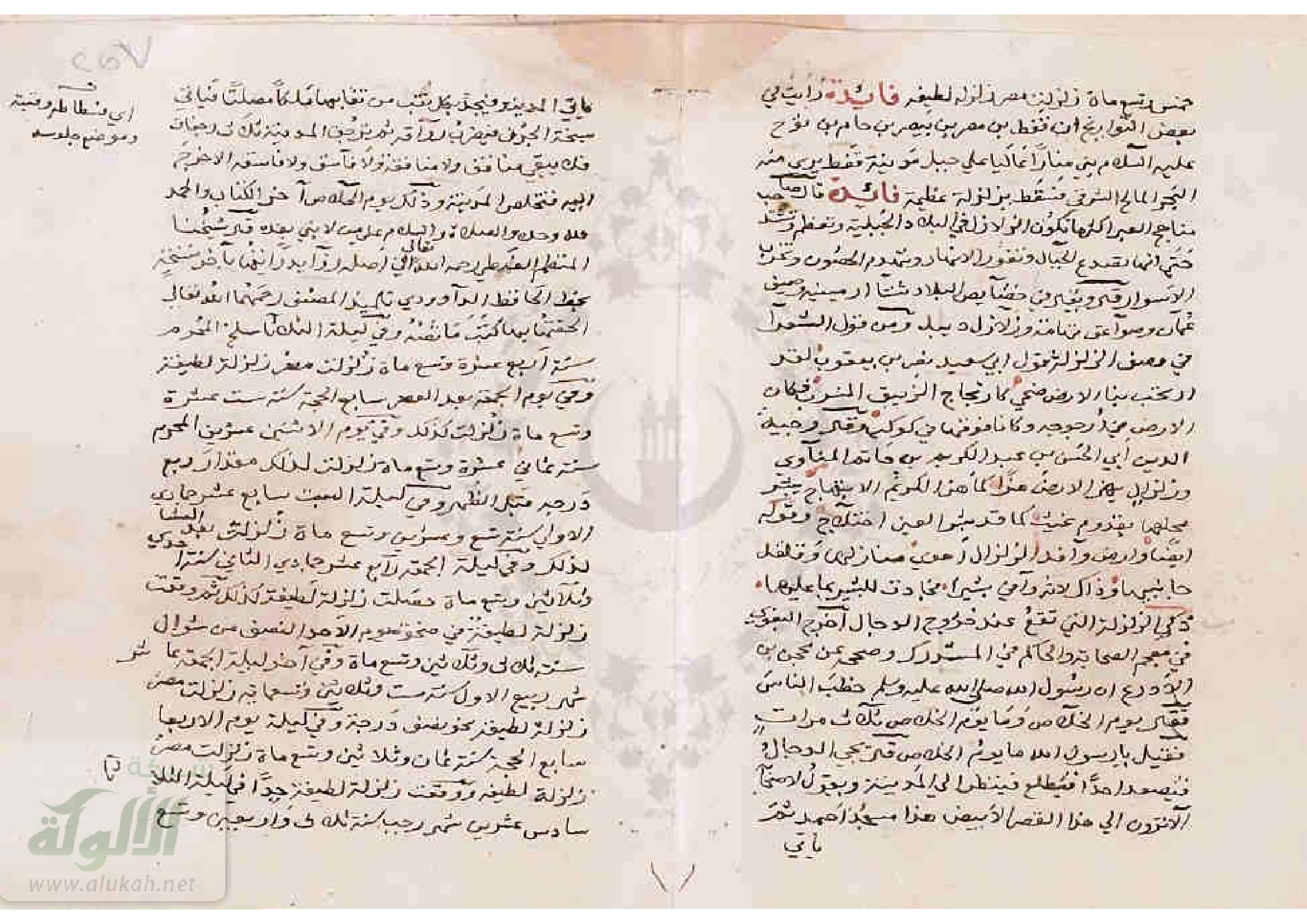
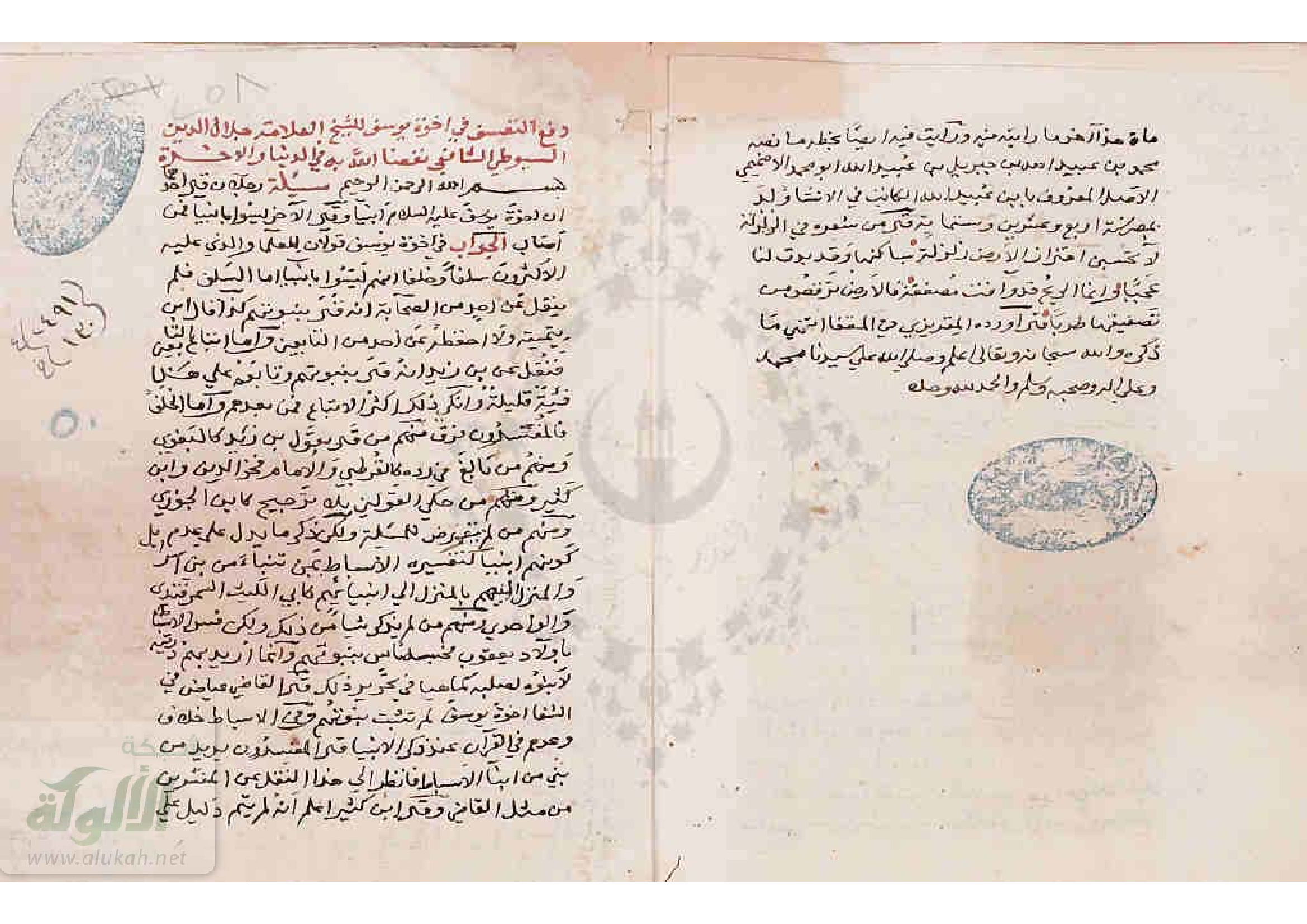

| Year | Reference | Corrections | Notes |
|---|---|---|---|
| 12 June 853 - 1 June 854 CE | A.H.239 | none | Calculated using CHRONOS |
an earthquake shook T'abariyya [Tiberias] to the point that the ground moved [shifted]
- Tiberias